Free Tablet with Phone From the Government For Low-Income Families
In our increasingly digital world, staying connected is crucial, not just for staying in touch with loved ones, but for accessing education, securing employment, and participating in today’s digital economy. However, the cost of digital devices and data plans can be prohibitively expensive for low-income households.
Fortunately, numerous government initiatives are dedicated to bridging this digital divide. Programs like the Lifeline Assistance Program and the Affordable Connectivity Program (ACP) provide free tech gadgets to eligible individuals and families, helping ensure that everyone has the tools they need to thrive in a connected world. As of 2024, if you’re curious about how to obtain a free tablet through these government programs, this article will guide you through the eligibility requirements, the application process, and the extensive benefits these initiatives offer.
How to Get a Free Tablet From the Government in 2024
In today’s interconnected world, technology is not just a luxury but a necessity. For low-income individuals, gaining access to a free or affordable tablet from government initiatives can significantly enhance their quality of life. These devices facilitate access to essential services, foster learning and skills development, and ensure connectivity with the broader community.
By completing the application process, submitting the requisite documents, and choosing the appropriate tablet, you can take advantage of this opportunity and apply for a free government tablet today. Participating in programs like the Emergency Broadband Benefit can be a significant aid, especially if you’re on a tight budget, as it provides increased internet access and digital tools to those in need.
Lifeline Program
One of the key government efforts is the Lifeline Program, which primarily aims to provide free or heavily subsidized electronic devices, including tablets, to those who need them the most. For detailed instructions on how to apply, visit Lifeline’s official website.
To qualify for a free tablet through the Lifeline program, you must already be enrolled in a government assistance program. This includes programs like Medicaid, SNAP (Supplemental Nutrition Assistance Program), or the Federal Pell Grant.
Local Nonprofits and Community Centers
Beyond government programs, explore local resources:
- State Government Programs: Some states have their own initiatives offering free or discounted technology. It’s worth checking your state government’s official website for more information.
Nonprofits and Community Centers
- EveryoneOn: This nonprofit organization specializes in providing low-cost internet services and helps with acquiring devices. More information can be found on EveryoneOn’s website.
- Human-I-T: This organization is dedicated to reducing the technological gap by offering necessary tech resources to underserved communities. Learn more about their programs at Human-I-T.
Free Tablets for Low-Income Families
Governments are actively targeting low-income families in their efforts to make technology accessible to all. Programs like tablet assistance for low-income Families are made to help people who might find it hard to get access to technology.

Pros and Cons
Let’s think about the good and bad sides of having a no-cost tablet from the government. It’s great because it helps you easily find information and use important services. But we also need to consider how much it might cost the government to keep our personal information safe.
These programs ensure that everyone, especially the needy, can use technology. These digital devices help people to connect, learn, and participate in the digital world, breaking down barriers between different populations.
Free government tablets with phones help students complete homework, research, and access educational resources online. They enhance learning opportunities and improve academic performance, making schools, colleges, and universities more accessible anywhere there’s internet.
Having a tablet allows job seekers to search for jobs, create resumes, and apply online. It’s a crucial toolkit for career advancement, offering a door to new experiences and the advantage of quick information dissemination.
This enables low-income families in faraway places to get medical advice online, especially in areas where there aren’t many health services nearby, addressing a significant disadvantage and promoting sustainability in healthcare.
Families can stay connected through email, video calls, and social media because loneliness decreases when people can interact virtually, leveraging social media apps as a cornerstone for maintaining relationships.
Affordable Tablets may be older models or refurbished units. Their performance might not match newer devices, and they may need repairs sooner, presenting a challenge in maintaining efficiency and eco-friendliness.
Some affordable tablets have basic features and limited storage, and users might find it hard to use apps that need a lot of resources or save large files, highlighting a lack of functionality and usability.
Not all low-income families qualify for these programs due to restrictive requirements. Some who genuinely need assistance may be left out, revealing a gap in the scope of these initiatives.
These programs rely on donated tech gadgets. If donations decrease, families may face delays or miss out on receiving subsidized tablets, a cycle that could affect the program’s sustainability and efficiency.
When using shared or donated laptops, privacy can be an issue. Families must be cautious about personal data and security, underscoring the importance of Disaster Preparedness and response efforts in protecting privacy.
Why Do Governments Give Educational Tablets for Free?
Governments offer tablet giveaways to help people who might not have access to computers or the internet. Here are some simple reasons why:
Better Learning for Students
Tablets are like smart books that can help students learn with cool apps and internet access. The government provides subsidized tablet programs, supported by government grants, to students to facilitate higher education, ensuring they all have the same chance to learn and do their homework, especially if they don’t have other tools.
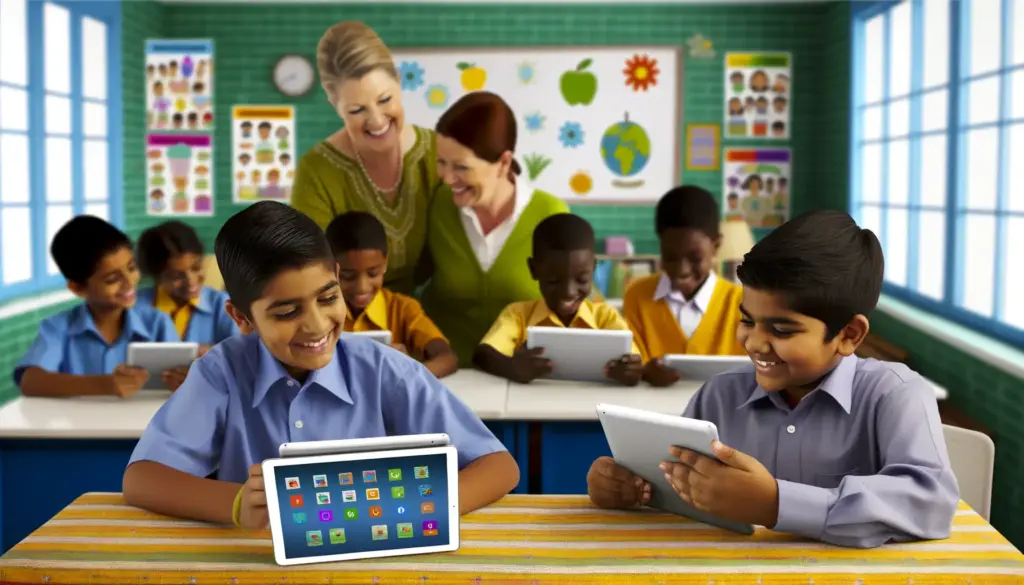

Everyone Deserves Technology
The government wants to make sure that everyone, no matter how much money they have, can use digital devices like tablets to learn and connect with others. This effort is part of broader X Mobile initiatives, as listed by the US government, making digital inclusion a priority in New York and beyond.
Talking to Doctors Online
Tablets can also be used to talk to doctors online, especially in places where it’s hard to reach a hospital. This helps people get medical advice without going to a clinic.
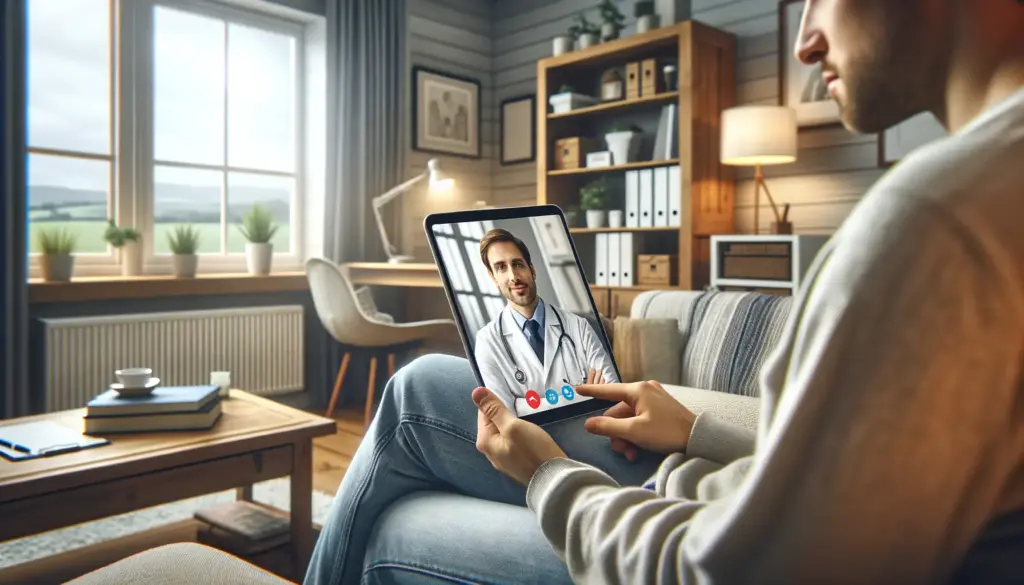

Helping People Find Jobs
Tablets can help people find jobs and learn new skills online. If the government gives tablets to those who might not be able to afford them, it’s like giving them a better chance to work and support themselves. This is crucial in times of inflation, where income proof, such as tax returns and salary slips, becomes even more important for residency and accessing services.
Helping Small Businesses
Tablets can be used to help online and small businesses grow more efficiently. By performing this activity, the government wants to support local businesses and make the economy stronger, serving as a goldmine for entrepreneurs.
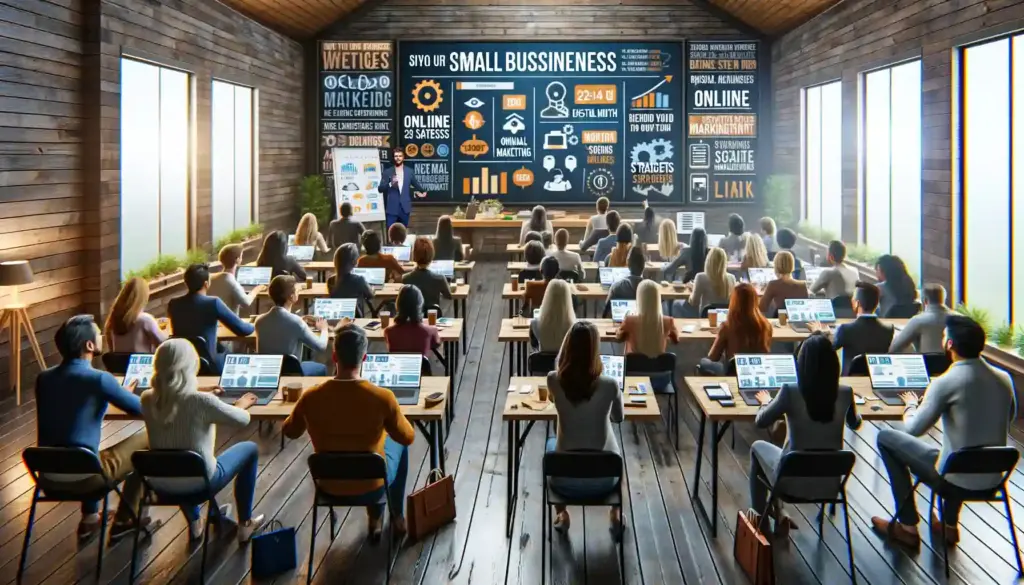
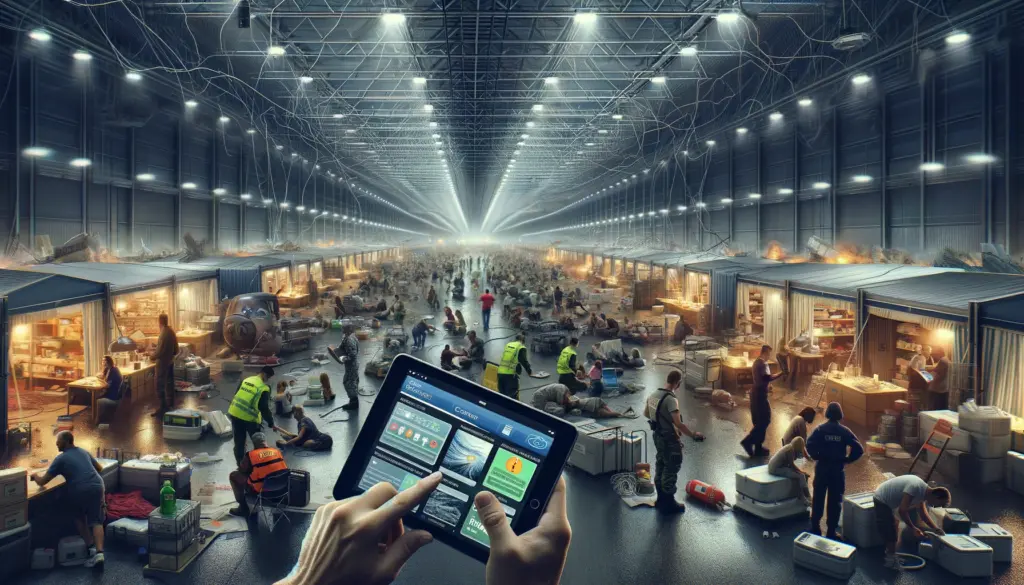
During Emergencies
When something bad happens like a natural disaster, tablets can help the government to communicate important information to people quickly. It’s like a way to stay connected and get help.
Making Government Services Easier
The government is making more services available online. Tablet Assistance programs make it easier for people to do things like paying bills or getting information from the government without leaving home, a convenience that underscores the importance of EBT Cards and other forms of Income Proof in accessing government services.


Staying Connected with Family
Tablets allow people to talk to their friends and family online. Low-income people can stay close to their loved ones through the Tablet Assistance program.
Saving the Environment
As we discussed above, using tablets instead of lots of paper is good for the environment. It’s like helping the earth by reducing the need for cutting down trees for paper.

Benefits of Free Android Tablet 2024
The benefits of free government tablets provided by the government are very impactful, especially for low-income families. Let’s have a look at some important benefits found in comparison:
Digital Literacy
Tablets play a crucial role in improving digital literacy by offering hands-on experience in using digital tools. They are like must-haves for getting around on the internet and doing well in your personal and work life.
Social Inclusion
Government assistance tablets help include everyone in society, especially those who might feel left out or face challenges. They provide Tablets for education, job opportunities, essential services, and digital literacy that ensures equal participation in society.
Access to Government Services
This makes it easier to use government services and get information and eliminates the complicated processes that lead to results in making things work better. Individuals can handle tasks like tax filings, license renewals, and other administrative processes more conveniently online.
Education and Skill Development
Free government tablets enable individuals to access educational resources, learn new skills, and improve their knowledge base. Whether it’s graphic design, online courses, or job training, It offers a gateway to personal and professional growth.
Healthcare Access
Tablets make healthcare more accessible for remote or underserved areas by enabling patients to receive medical advice and services more easily. They also support training and continuing education for healthcare workers.
Economic Growth and Entrepreneurship
Cost-free tablets can help people who want to start their businesses. They make it easy to talk to customers, get info about the market, and make running a business more simply.
Environmental Conservation
Government-provided tablets contribute to environmental conservation by reducing paper waste in government and business operations. This helps protect the environment by encouraging digital methods instead of using paper.
Remote Learning Access
Due to the government’s affordable tablets, the education system is revolutionizing. Tablet for Students programs are ensuring students’ access to modern technology keeps them engaged in many learning experiences.
Top Providers of Free Government Tablets
Various providers are participating in the government’s mission to distribute subsidized tablets. Here are some key players in this initiative:
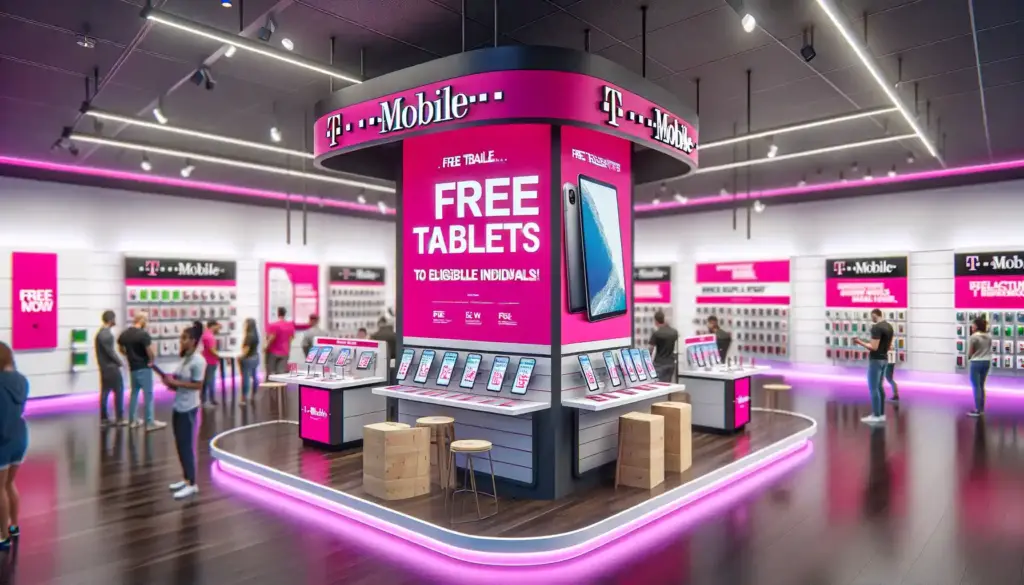
T-Mobile Subsidized Tablets Offer
T-Mobile, a leading telecommunications company that helps people connect through phones and the internet, is offering tablets to eligible individuals. This initiative aims to enhance connectivity and digital literacy across communities.
Q Link Wireless
Q Link Wireless is another notable provider offering deals of tablet giveaways with phones. Their commitment to filling the digital gap makes them a crucial participant in the government’s initiative.

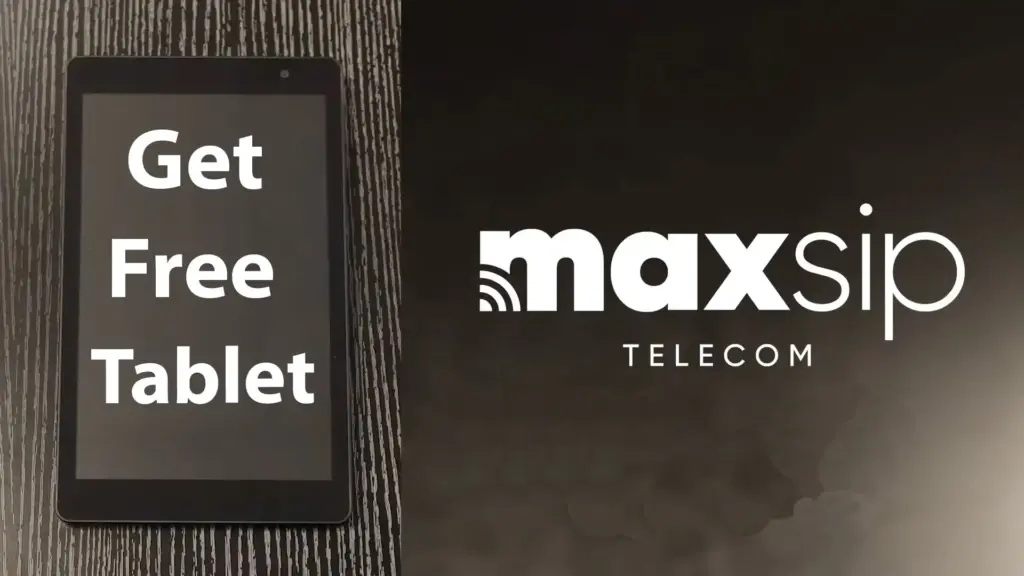
Maxsip Telecom
Maxsip Telecom is also playing a big role in this no-cost tablet with phone program by partnering with the government. They are ensuring that more individuals have access to the digital tools necessary for education, communication, and beyond.
Airtalk Wireless
Airtalk Wireless is actively involved in the free phone and tablet promotion which is providing users with the essential tools for staying connected in the modern world.


Computers With Causes
Beyond traditional telecom companies, non-profit organizations like Computers With Causes are also contributing to the cause. Their involvement in distributing tablets ensures many people can easily use digital stuff together.
Interconnection
Interconnection is doing an important job by offering tablet giveaways along with phones. This helps more people from different backgrounds get connected and use digital technology.
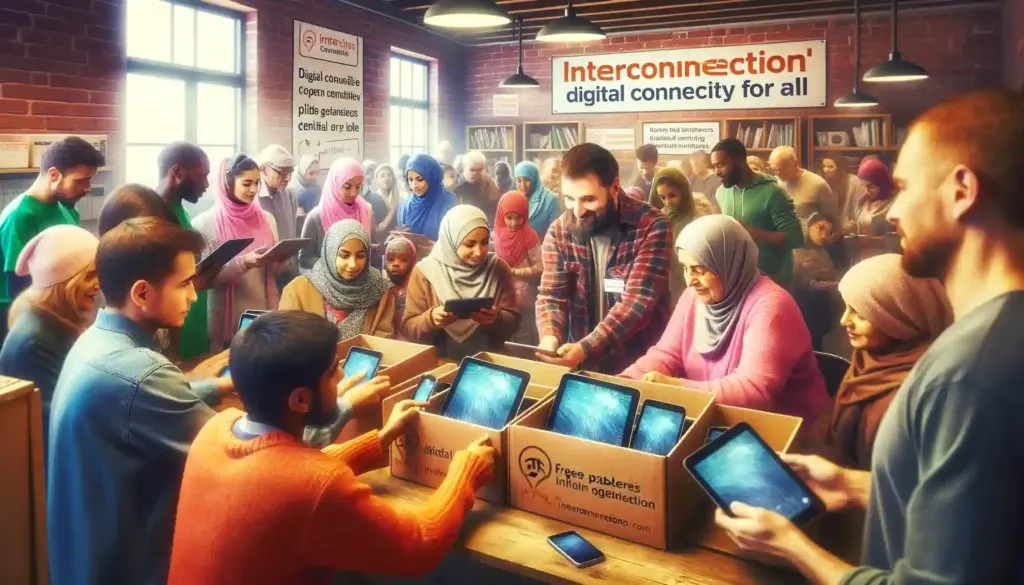
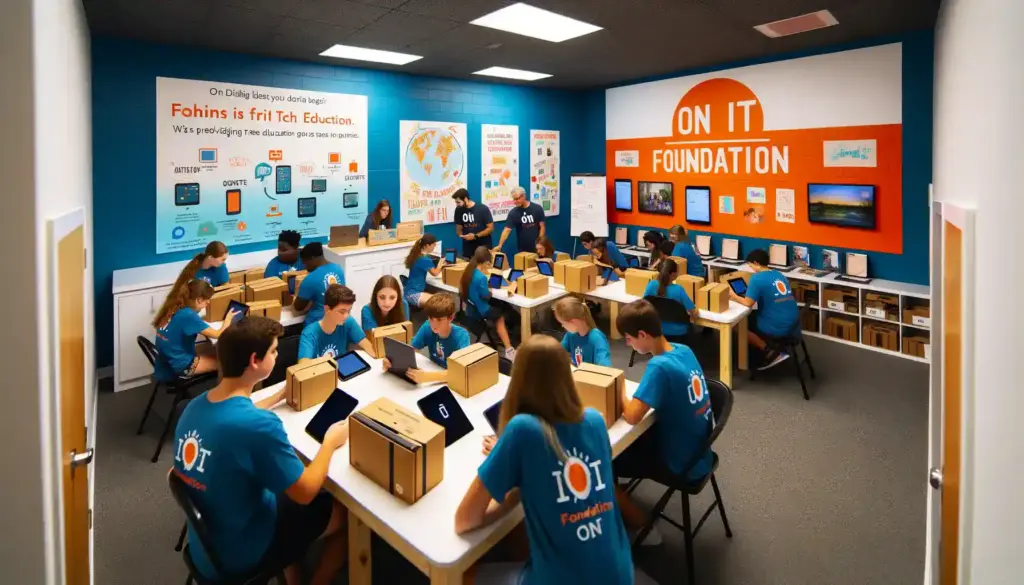
The On It Foundation (Florida)
The On It Foundation operating in Florida, is a noteworthy contributor to the government’s initiative. Their focus on empowering communities through digital access to free tech gadgets is making a significant impact.
Computers For Kids (Idaho, Washington, Oregon, Utah)
Region-specific programs like computers for kids in Idaho, Washington, Oregon, and Utah have customized their efforts to meet the unique needs of local communities which ensures no one is left behind in the digital age.

Legal and Regulatory Considerations

When governments provide free tech gadgets or implement initiatives involving the distribution of digital devices, there are legal and regulatory considerations that must be taken into account. Here are some key aspects to consider:
Protecting Your Information
They must keep your personal information safe and let you know what data they collect from the tablets. They should also make sure the tablets are safe from cyber threats.
Keeping Things Accessible
The tablets and the things on them need to be easy to use for everyone, including those with disabilities, aligning with initiatives like Education Enhancement for poor households.
Respecting Creators’ Rights
They need to be careful not to use things like apps or books without permission from the people who made them.
Product Bans for Public Health
The government might stop certain things, such as trans fats, marijuana, or tobacco, to keep people healthy. But this can lead to legal and policy problems, somewhat parallel to ensuring tablets for health care and medication information are used responsibly.
Telephone Consumer Protection Act
The TCPA controls unwanted ads sent through fax machines, explaining rules for databases and the right to take legal action.
Keeping Kids Safe Online
If they give tablets to students, they have to make sure that the content is okay for kids and that the tablets have safety features, underlining the role of social workers and education providers.When they buy tablets, they need to do it fairly and transparently, making sure the tablets are good quality and have proper support services, crucial for both education and social services agency engagements.
Following Education Laws
They must make sure that giving out tablets fits with the rules about education. This includes adherence to teaching standards, curriculum requirements, and the protection of student data privacy, which are all crucial elements for securing education technology grants and complying with government programs.
Choosing Tablets Responsibly
When they buy tablets, they need to do it fairly and transparently, making sure the tablets are good quality and have proper support services, which is crucial for both education and social services agency engagements.
Making Sure Everyone Can Connect
If the tablets are for learning purposes, they should think about how to help families get internet access at a fair price, important for addressing the digital divide.
Being Open and Honest
The government needs to be clear about why they’re giving out tablets, who can get them, and what they hope to achieve. This helps build trust with the public, a fundamental aspect of government services access.
Checking If It’s Working
The government should keep an eye on how well the government tablet program 2024 is doing and make changes if needed. This ensures that it helps people the way it’s supposed to.
Compliance with Federal and State Regulations

Regulatory compliance is crucial for businesses to operate ethically, avoid penalties, and maintain public trust. It involves following the laws and regulations set by local, state, and federal authorities. Here are some key points:
- Compliance with Federal and State Regulations: The government must follow the regulations set by the federal and state when offering iPad giveaways to the public, under government life assistance programs. This includes ensuring compliance with data privacy laws, consumer protection regulations, and any specific guidelines related to distributing electronic devices to citizens. Ensuring that the tablet eligibility criteria are met is part of this compliance, especially for programs targeting EBT Advantage, Supplemental Security Income, and Federal Public Housing Assistance. These programs are designed for seniors, households, and disabled persons, aiming to bridge the digital divide.
- Tax Implications of Providing Free Tablets: The government must consider the tax implications of providing no-cost tablets to individuals. This involves verifying whether there are any taxes required when distributing electronic devices as part of a government tablet program, ensuring that recipients are informed about any taxes they may need to be aware of.
FAQs
Conclusion
The government’s plan in 2024 to give subsidized tablets with phones is a big step toward making sure everyone can join the digital world. They’re paying special attention to families with lower incomes and teaming up with different companies to ensure everyone has the technology they need for learning, talking to others, and improving their careers. Through free tablet applications and initiatives like tablet grant programs and connectivity government assistance tablets, these efforts are creating a future where everyone is connected and has an equal chance.
